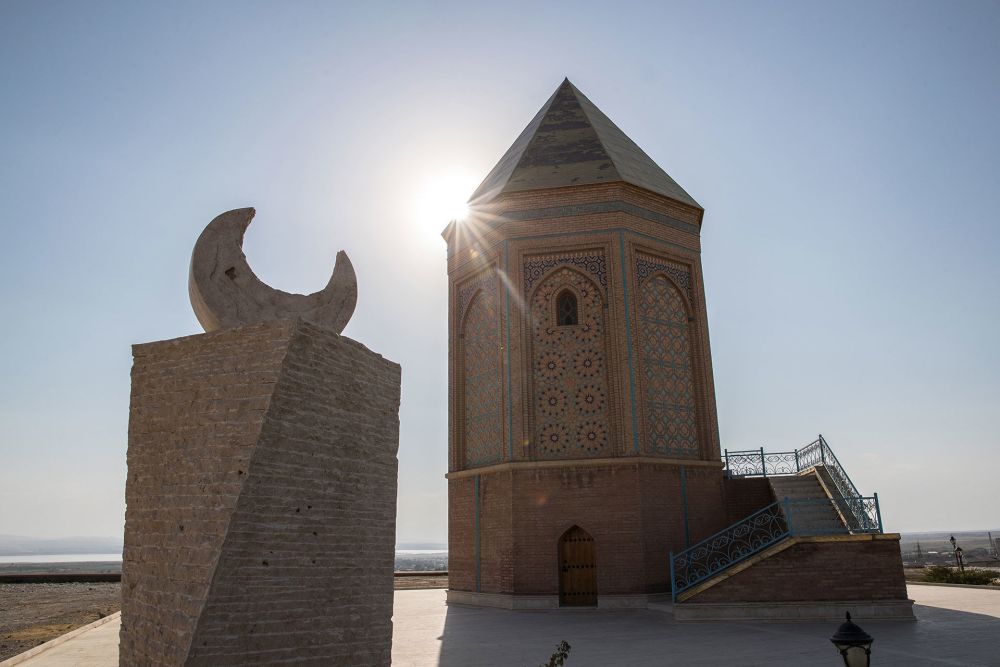

Tourism surrounding Noah’s Tomb, located in historical Nakhchivan Autonomous Republic of Azerbaijan, is steeped in biblical lore and ancient history. The city of Nakhchivan, believed to be one of the oldest civilizations in the world, has long drawn visitors due to its significance in the story of Noah’s Ark. According to local beliefs, after the great flood receded, Noah's Ark came to rest on the nearby Mount Ilham (often associated with Mount Ararat), making his tomb a site of pilgrimage.
While the region has seen its share of conflict, it has consistently remained a point of interest for those fascinated by its connection to a narrative shared by many cultures and religions. With the collapse of the Soviet Union in 1991, and Azerbaijan's subsequent independence, there has been a steady increase in the interest of religious and historical tourism to destinations like Noah's Tomb.
In recent years, the Autonomous Republic of Nakhchivan has started to see more visitors as Azerbaijan invests in its tourism infrastructure. The government, eager to showcase the region's rich cultural heritage, has facilitated easier access to historical sites, making the tomb of Noah more accessible.
Modern tourism efforts have focused on blending Nakhchivan’s ancient history with comfortable travel experiences, often highlighting the biblical and archaeological significance of Noah's Tomb to attract international tourists. Excursions to Noah’s Tomb often include guided tours that articulate the region's extensive history, catering to the rising trend in experiential travel where tourists seek to immerse themselves in local stories and traditions.
Those who make the journey to Noah's Tomb can expect to see a structure that, much like its history, blends different epochs. The tomb is housed in a simple, unadorned building that dates back several centuries, although the exact date of construction is still a subject of debate among historians. The site invites contemplation on the interweaving of myth, religion, and history that characterizes much of Nakhchivan's tourism appeal.
Besides the tomb, visitors can explore the surrounding area of Nakhchivan, which offers an array of cultural experiences, from the ancient to the modern. With the growing demand for authentic experiences, the region's tourism providers are increasingly promoting local cuisine, crafts, and music alongside their historical sites.
Moving forward, the Azerbaijani government is actively promoting Nakhchivan – including Noah’s Tomb – as a destination on the world stage, looking to increase sustainable and culturally responsible tourism. This involves not only preserving and showcasing ancient sites but also ensuring that the economic benefits of tourism reach the local community.
Digital technology and online promotional campaigns are playing a significant role in raising awareness about Nakhchivan’s tourism potential. Furthermore, the development of new hotels and amenities promises to bolster the comfort and accessibility for the international traveler.
Noah’s Tomb in Nakhchivan represents a unique blend of history, spirituality, and natural beauty, contributing to the mystique surrounding the region. As part of Azerbaijan's vibrant tapestry, the tomb is more than just a relic of the past; it is a living part of the region's ongoing story that continues to evolve with each visitor's experience.